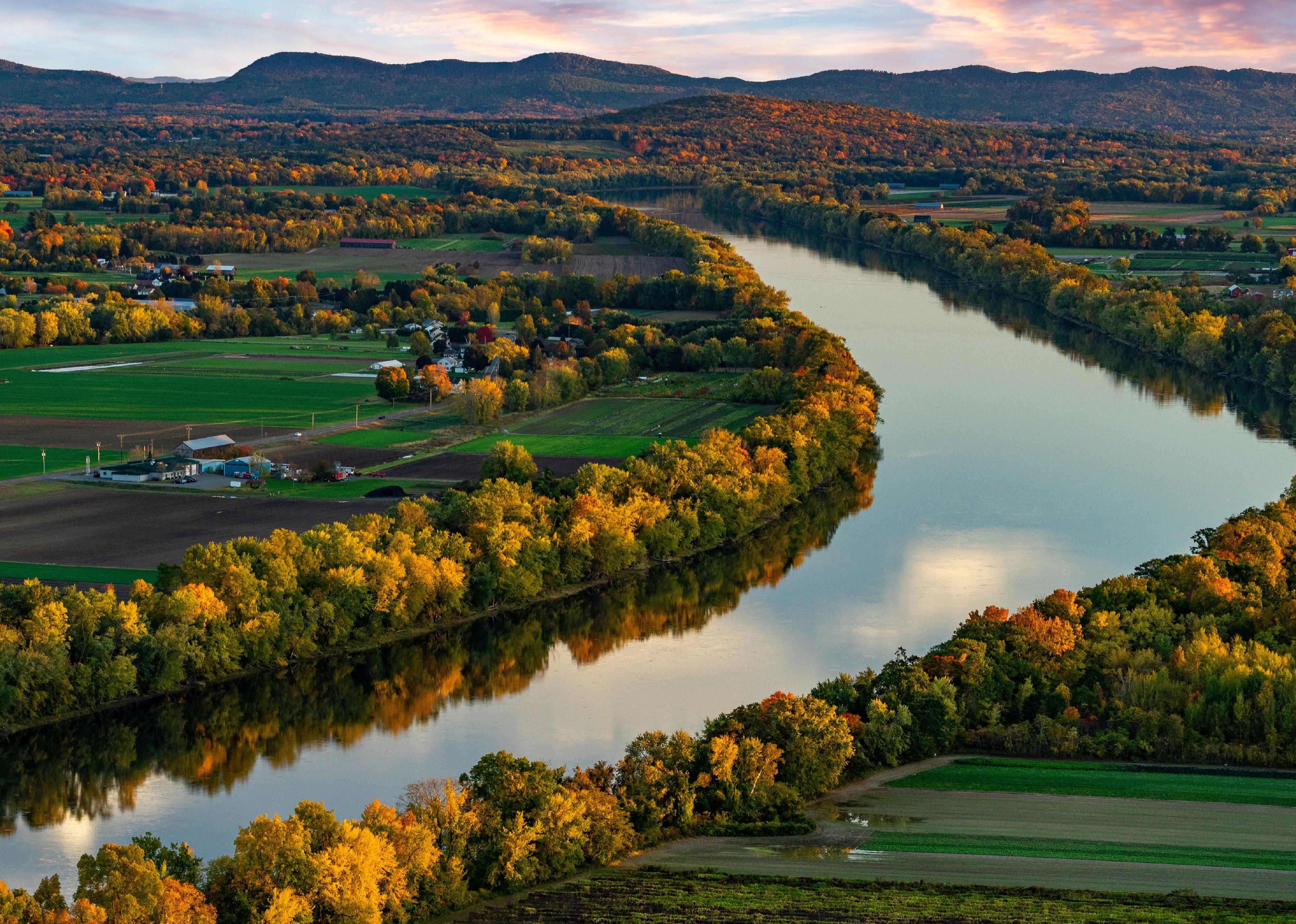
Duller leaves: How climate change has affected Massachusetts
Duller leaves: How climate change has affected Massachusetts
The latest United Nations Intergovernmental Panel on Climate Change (IPCC) report is yet another reminder of the dire effects of climate change. While climate projections often look to the future when discussing the worst impacts of climate change, we are in fact already experiencing its effects across the United States. To better understand how climate change is impacting the country, Stacker compiled a list of the impacts of climate change in every state, using local and national news stories, government reports, and scientific journal articles.
While these impacts are weather-related—for example, heat waves, droughts, or storms—individual weather events cannot be attributed to climate change on their own. Rather, it is when these events are seen within larger trends that they can be understood as part of a pattern that has come out of the changing climate.
Keep reading to learn about how your state has been impacted by climate change, or read the national story here.
Massachusetts: Duller leaves
Because of warmer temperatures, the fall colors of New England states like Massachusetts are coming later and are harder to predict. Additionally, extreme weather events have also caused the color of leaves to be duller and have sometimes stopped the seasons altogether. What's more, due to the changing temperatures, the distribution of the trees themselves has already started to change and will likely change further. Already in Massachusetts, there are more poplar trees, meaning more yellow and less red color in the fall.
Across the country, there are trends of rising temperatures, storms of increasing frequency and severity, and more erratic precipitation patterns, causing disruptions to the food systems and sometimes even resulting in death. While the U.S. government has set a target to reduce greenhouse gas emissions by at least 50% by 2030, it is clear that the climate emergency is already taking place, and along with emissions reductions, mitigation of the impacts of climate change must be prioritized as well.
Read below to see how other states in your region have been affected by climate change.
New Hampshire: Increased coastal flooding
Because of a sea level rise due to climate change, there are already many people living in New Hampshire's coastal communities who are seeing increased coastal flooding. This will only get worse in the coming years. By 2045, 2,000 current residential properties, where around 3,000 people reside, will be at risk of chronic flooding. This is around $645 million worth of property.
New York: Killer storms
In September 2021, a storm caused by the remnants of Hurricane Ida, which had hit the New Orleans area the day before, flooded New York City and killed at least 43 people in New York, New Jersey, Pennsylvania, and Connecticut. The storm also flooded New York City's subways for the third time in the summer of 2021, showing how vulnerable the city's infrastructure is to the effects of climate change. While the city is testing innovations to make the subways more flood-proof, such as flex gates, there is still much to be done for the city's infrastructure.



